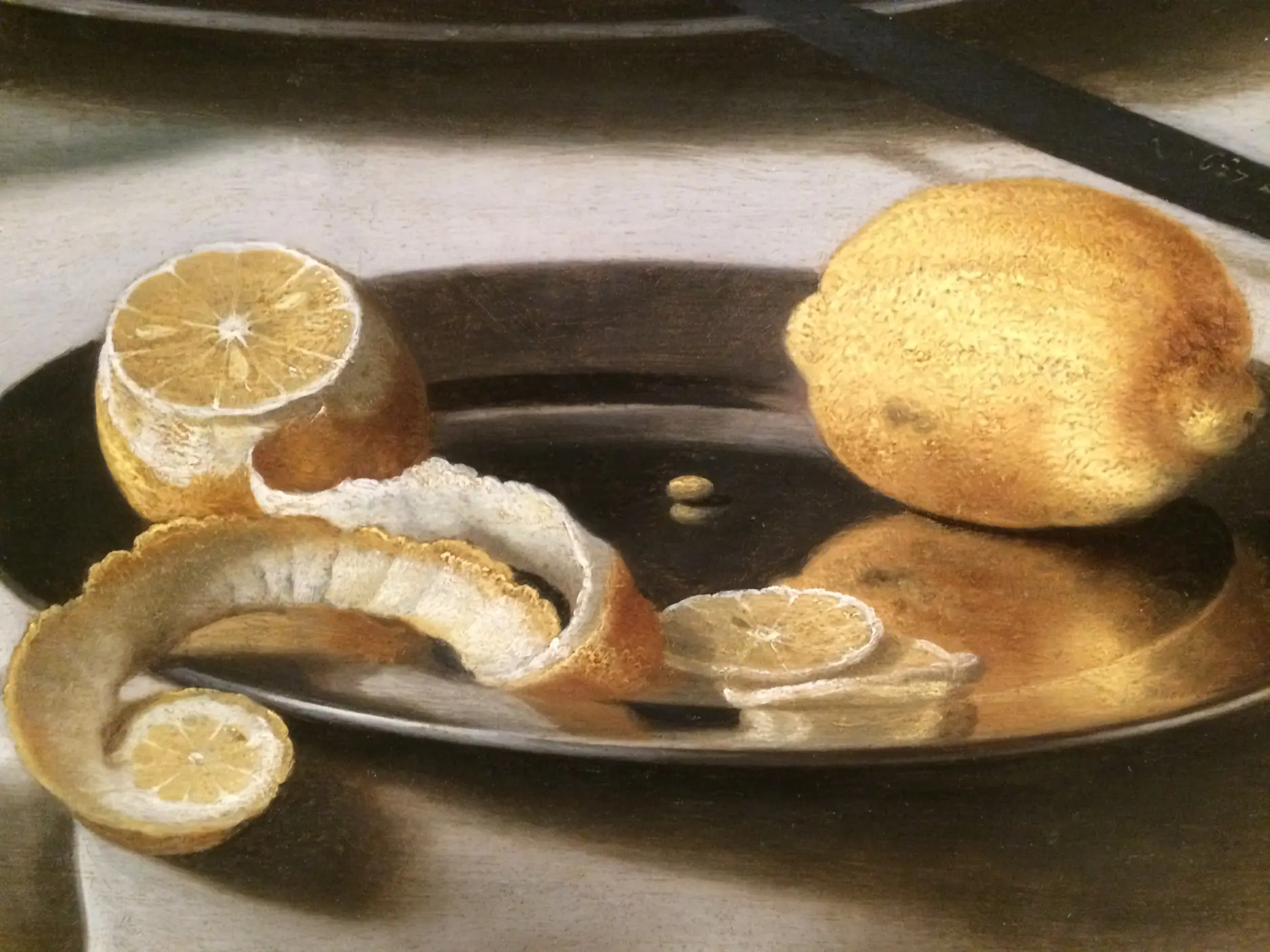
“When it comes to the provenance of fine wine, the single most important thing to understand is that fine wine is, by definition, perishable.” —Chris Howell
When it comes to the provenance of fine wine, the single most important thing to understand is that fine wine is, by definition, perishable. It is inherently unstable. At the end of fermentation, wine is still a living substance, filled with living, potentially active microorganisms, and always in the process of change—that is, unstable. Fine is wine is subject to both abrupt temperature changes and to extended periods at both warm (>80F) and cold (<40F) temperatures. Truly, wine is perishable. So why not treat it that way?
Many choices made within the wine business by wineries, distributors and restaurants do not reflect this point of view. Most wines are processed so as to render them—or what remains of them—more resistant to damage during shipping and storage. A practical solution, it could be seen as cynical in that it trades on the promise of what fine wine can offer, while delivering an industrially processed product.
Wines that have been subjected to less processing are indeed more fragile and thus not only deserve, but actually need, more care. Nearly three decades ago, Kermit Lynch and Ab Simon, of Chateau & Estates, were among the first US importers to take a clear stand on this point. Today, many fine wine distributors do use temperature control in their warehouses and in their delivery trucks. But even then, temperature control may be imperfect before it gets to their warehouse, and often stops after it is delivered to the account. Many restaurants and bottle shops still don’t have adequate temperature control for their wine. Moreover, a large part of wine and spirits distribution, both in the US and around the world, is still based on the distribution of spirits, which are stored and transported like dry goods, with no temperature control, whatsoever. In this, there remains a fundamental contradiction.
Even the most careful wineries have very little control over what happens to their wine once it leaves their warehouse. Yet if we believe in fine wine—and we at Cain do—and we know that our wines are perishable, then we owe it to our customers to do our best to ensure that our wine arrives at their table in the same condition that it left our winery. This is why we have worked with eProvenance since 2008. We monitor our wines with eProvenance technology, pay close attention to the results, make corrections as needed, and share information with our customers and our shipping partners. Occasionally, we find shipments that have gotten too warm or too cold for too long. When problem shipments are identified, we contact our customers and replace the wine. Our commitment to quality is clear and highly valued by our customers.
Many will say they don’t have a problem, even though they don’t really know. Before eProvenance, it was not easy to know, but it has always been easier to not know—that is, to avoid the question. If wineries say that they don’t have a problem, it is either because it is not relevant to the kind of wines they make, or because they don’t know, don’t want to know, or think their customers won’t know the difference.

—Christopher Howell, Wine Grower
2015

